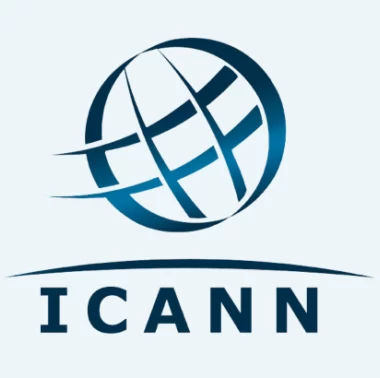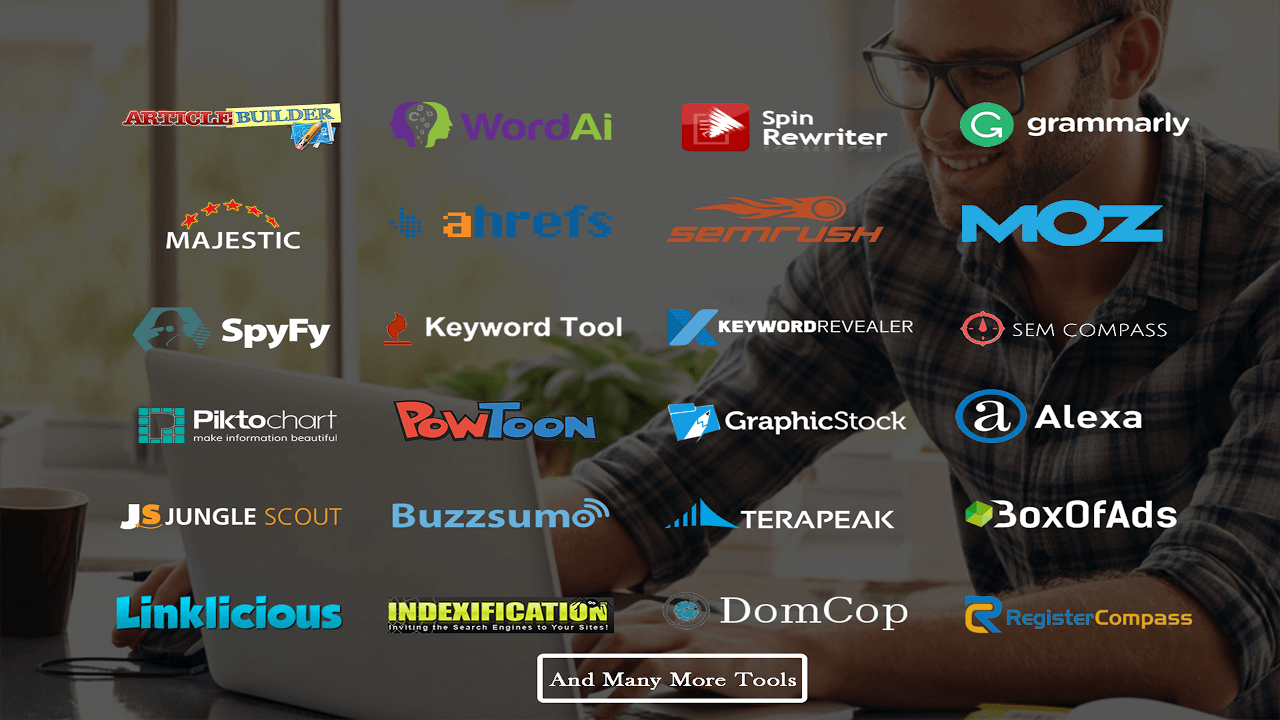In today’s digital age, where the internet is a bustling marketplace, eCommerce businesses face the challenge of standing out in a crowded field. With countless online stores vying for attention, simply having a website is not enough.
To thrive, businesses need to employ effective eCommerce marketing strategies that not only attract customers but also convert them into loyal, repeat buyers. Below, we’ll explore some of the most effective strategies that can help eCommerce businesses succeed.
Search Engine Optimization (SEO)
One of the foundational strategies for any eCommerce business is Search Engine Optimization (SEO). SEO involves optimizing your website so that it ranks higher in search engine results pages (SERPs), making it easier for potential customers to find your products.
Keyword Research: The first step in SEO is understanding what terms your potential customers are searching for. Tools like Google Keyword Planner, Ahrefs, or SEMrush can help you identify high-volume keywords relevant to your products. Once you have these keywords, incorporate them naturally into your product descriptions, titles, meta descriptions, and blog content.
On-Page SEO: This involves optimizing individual pages on your website to rank higher and earn more relevant traffic. Ensure your product pages are well-structured, with clear titles, headings, and meta descriptions that include your target keywords. High-quality images with alt text, fast page load times, and mobile-friendliness are also critical factors.
Content Marketing: A blog or resource section on your eCommerce site can be a powerful tool for driving organic traffic. By creating informative and engaging content that answers your audience’s questions or provides value, you can attract visitors who may eventually become customers.
For example, if you sell kitchen appliances, you could create a blog post about “How to Choose the Right Blender for Your Kitchen” that not only educates but also subtly promotes your products.
Pay-Per-Click Advertising (PPC)
While SEO is a long-term strategy, Pay-Per-Click (PPC) advertising provides more immediate results. With PPC, you can bid on keywords related to your products, and your ads will appear at the top of search engine results or on other websites.
Google Ads: Google Ads is one of the most popular PPC platforms, allowing you to create ads that appear in Google search results. You only pay when someone clicks on your ad, making it a cost-effective way to drive targeted traffic to your site. To maximize your ROI, focus on long-tail keywords that are less competitive but highly relevant to your products.
Social Media Advertising: Platforms like Facebook, Instagram, and Pinterest offer powerful advertising tools that allow you to target specific demographics, interests, and behaviors. For instance, if you sell fashion items, Instagram ads featuring high-quality images of your products can be highly effective in reaching potential customers.
Email Marketing
Email marketing remains one of the most effective ways to nurture relationships with your customers and encourage repeat business. Building an email list gives you direct access to your customers, allowing you to send personalized content, promotions, and product recommendations.
Segmentation: Segmenting your email list based on customer behavior, purchase history, and demographics allows you to send more targeted and relevant emails. For example, you can create a segment of customers who have previously purchased a specific product category and send them emails about related products or upcoming sales.
Personalization: Personalized emails are more likely to be opened and acted upon. Use customer data to personalize subject lines, greetings, and content within the email. For instance, addressing the customer by name and recommending products based on their browsing history can significantly increase engagement.
Automation: Email automation tools like Mailchimp or Klaviyo can help streamline your email marketing efforts. Set up automated workflows for different scenarios, such as welcome emails for new subscribers, cart abandonment reminders, or post-purchase follow-ups to encourage product reviews.
Social Media Marketing
Social media is a powerful tool for building brand awareness and engaging with your audience. However, it’s not just about posting content; it’s about creating meaningful interactions with your followers.
Platform Selection: Not all social media platforms are created equal. It’s essential to choose the platforms that align with your target audience. For instance, if you’re targeting younger demographics, platforms like Instagram and TikTok may be more effective, while LinkedIn is better suited for B2B marketing.
Content Strategy: Your social media content should be a mix of promotional posts, educational content, and engaging visuals. User-generated content, such as customer reviews and photos, can be particularly effective in building trust. Additionally, use stories, reels, or live videos to showcase your products in action and connect with your audience in real-time.
Influencer Marketing: Collaborating with influencers who have a strong following in your niche can amplify your reach. Influencers can create authentic content that resonates with their followers, driving traffic and sales to your store. Ensure you partner with influencers whose audience aligns with your target market for the best results.
Conversion Rate Optimization (CRO)
Driving traffic to your site is just the first step. The ultimate goal is to convert those visitors into customers. Conversion Rate Optimization (CRO) involves making data-driven changes to your website to increase the percentage of visitors who make a purchase.
A/B Testing: A/B testing, or split testing, is a method of comparing two versions of a webpage to see which one performs better. Test different elements such as headlines, product descriptions, images, and call-to-action buttons to determine what resonates most with your audience.
User Experience (UX): A seamless and intuitive user experience is crucial for converting visitors. Ensure your site is easy to navigate, with clear categories, filters, and search functionality. The checkout process should be as simple as possible, with multiple payment options and minimal steps to complete a purchase.
Trust Signals: Adding trust signals such as customer reviews, testimonials, security badges, and clear return policies can reassure potential buyers and reduce hesitation. Highlighting social proof, like the number of products sold or positive feedback, can also encourage conversions.
Retargeting and Remarketing
Retargeting, also known as remarketing, is a strategy to re-engage visitors who have interacted with your site but haven’t made a purchase. By using cookies, you can track these visitors and serve them targeted ads as they browse other sites.
Dynamic Retargeting: Dynamic retargeting ads display specific products that a visitor viewed on your site. This personalized approach can remind them of products they were interested in and entice them to return and complete the purchase.
Email Retargeting: If you have a visitor’s email address, you can use email retargeting to follow up with them after they leave your site. For instance, you can send a cart abandonment email that offers a discount or incentive to complete their purchase.
Customer Loyalty Programs
Building long-term relationships with customers is key to sustaining an eCommerce business. A customer loyalty program rewards repeat customers and encourages them to continue shopping with you.
Points System: Implementing a points system where customers earn points for every purchase can incentivize repeat business. Customers can redeem these points for discounts, free products, or other rewards.
Referral Programs: Encouraging your existing customers to refer new customers through a referral program can drive new business. Offer rewards to both the referrer and the referee, creating a win-win situation that incentivizes word-of-mouth marketing.
Exclusive Offers: Providing exclusive offers, early access to sales, or VIP treatment to loyal customers can make them feel valued and encourage continued patronage. Personalizing these offers based on their purchase history can further enhance their loyalty.
Analytics and Data-Driven Decisions
Lastly, continuously analyzing your marketing efforts is crucial for understanding what works and what doesn’t. Tools like Google Analytics, Shopify’s built-in analytics, or third-party platforms can provide valuable insights into customer behavior, traffic sources, and conversion rates.
Monitor Key Metrics: Track metrics such as bounce rate, average session duration, and conversion rate to identify areas for improvement. Understanding where customers drop off in the buying process can help you make targeted optimizations.
Customer Feedback: Actively seek out customer feedback through surveys, reviews, or direct communication. Understanding your customers’ pain points, preferences, and suggestions can guide your marketing strategy and improve your offerings.
Adjust and Optimize: Based on the data you collect, be prepared to adjust your strategies. Marketing is not static; what works today might not work tomorrow. Continuous testing, learning, and optimizing will help you stay ahead of the competition.
Effective eCommerce marketing requires a multifaceted approach that combines SEO, PPC, email marketing, social media engagement, conversion optimization, retargeting, and customer loyalty programs.
By implementing these strategies and continuously analyzing their effectiveness, eCommerce businesses can not only attract customers but also turn them into loyal, repeat buyers. In a constantly evolving digital landscape, staying adaptable and customer-focused is key to long-term success.









